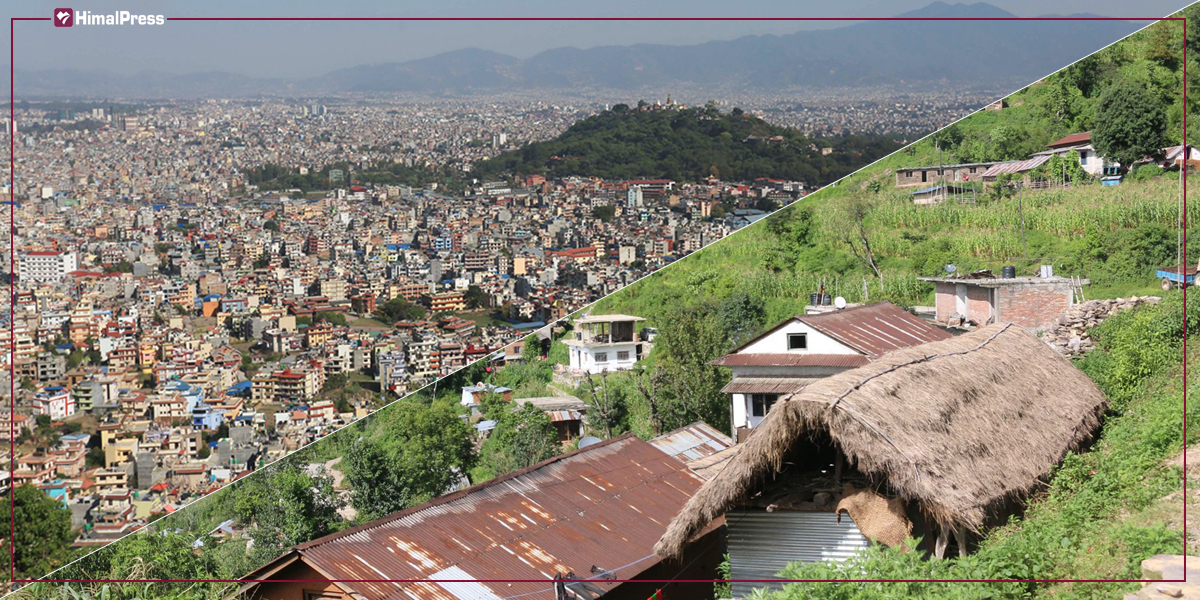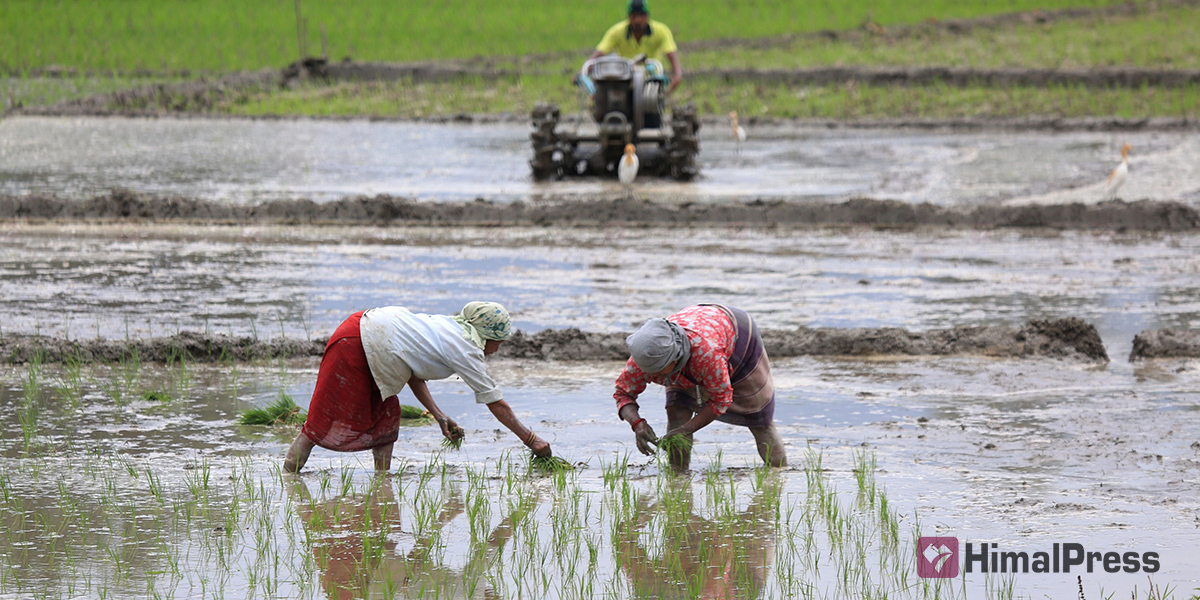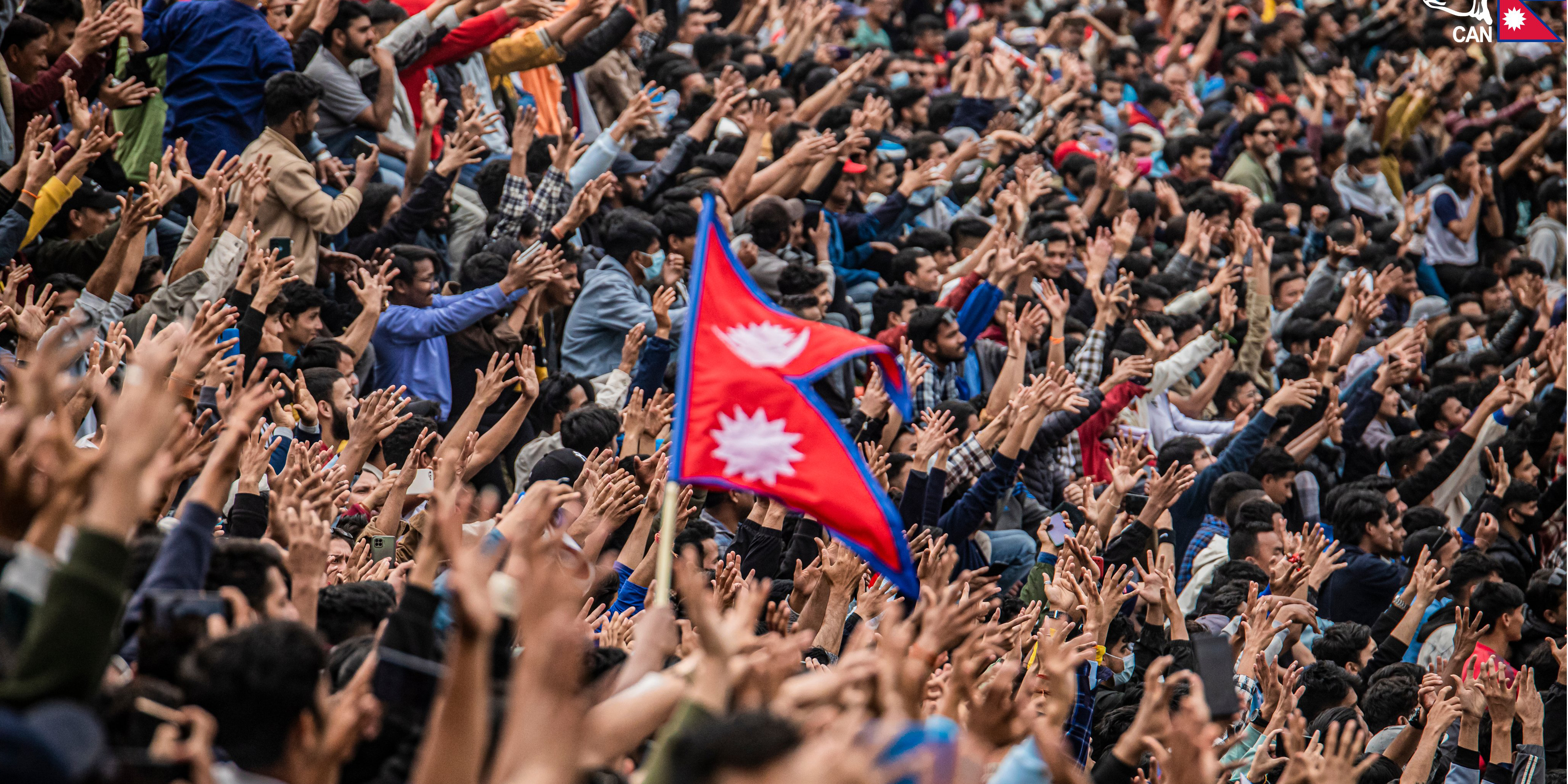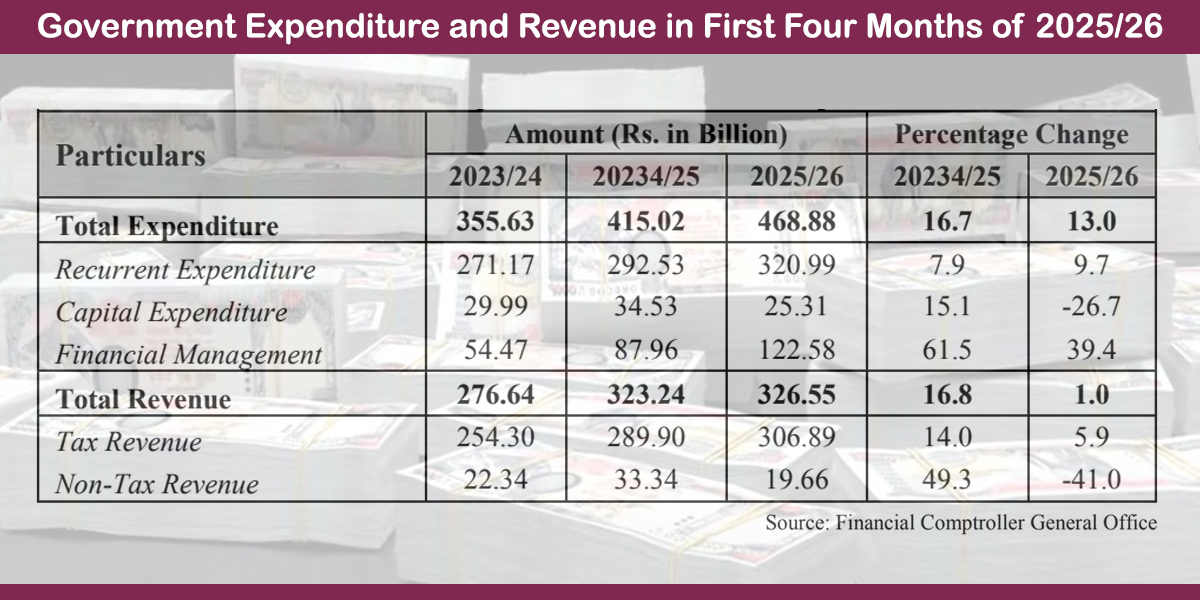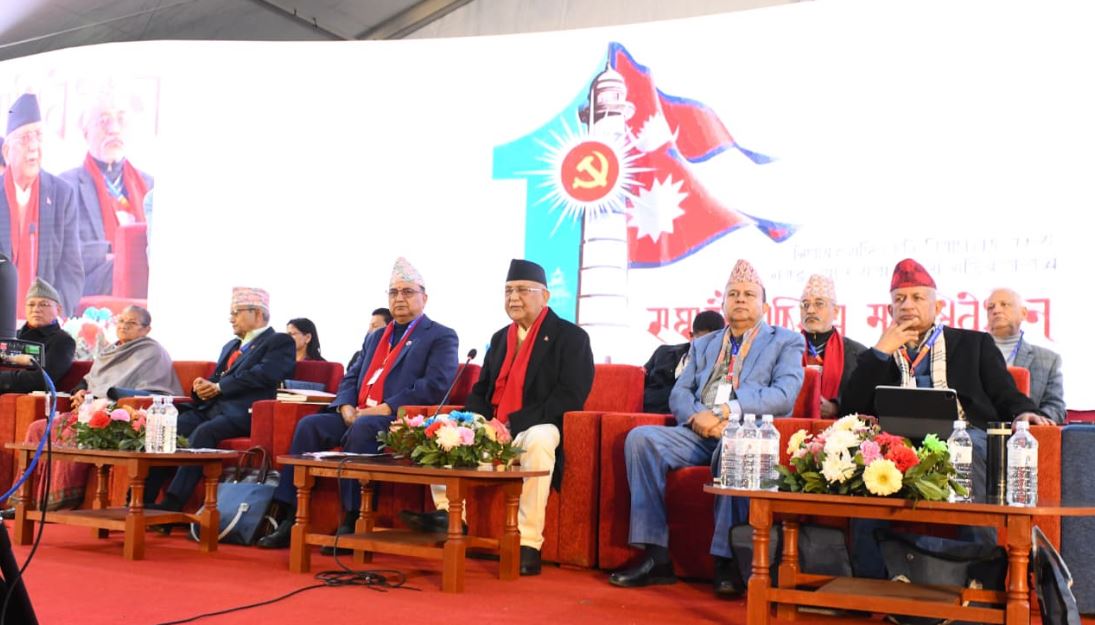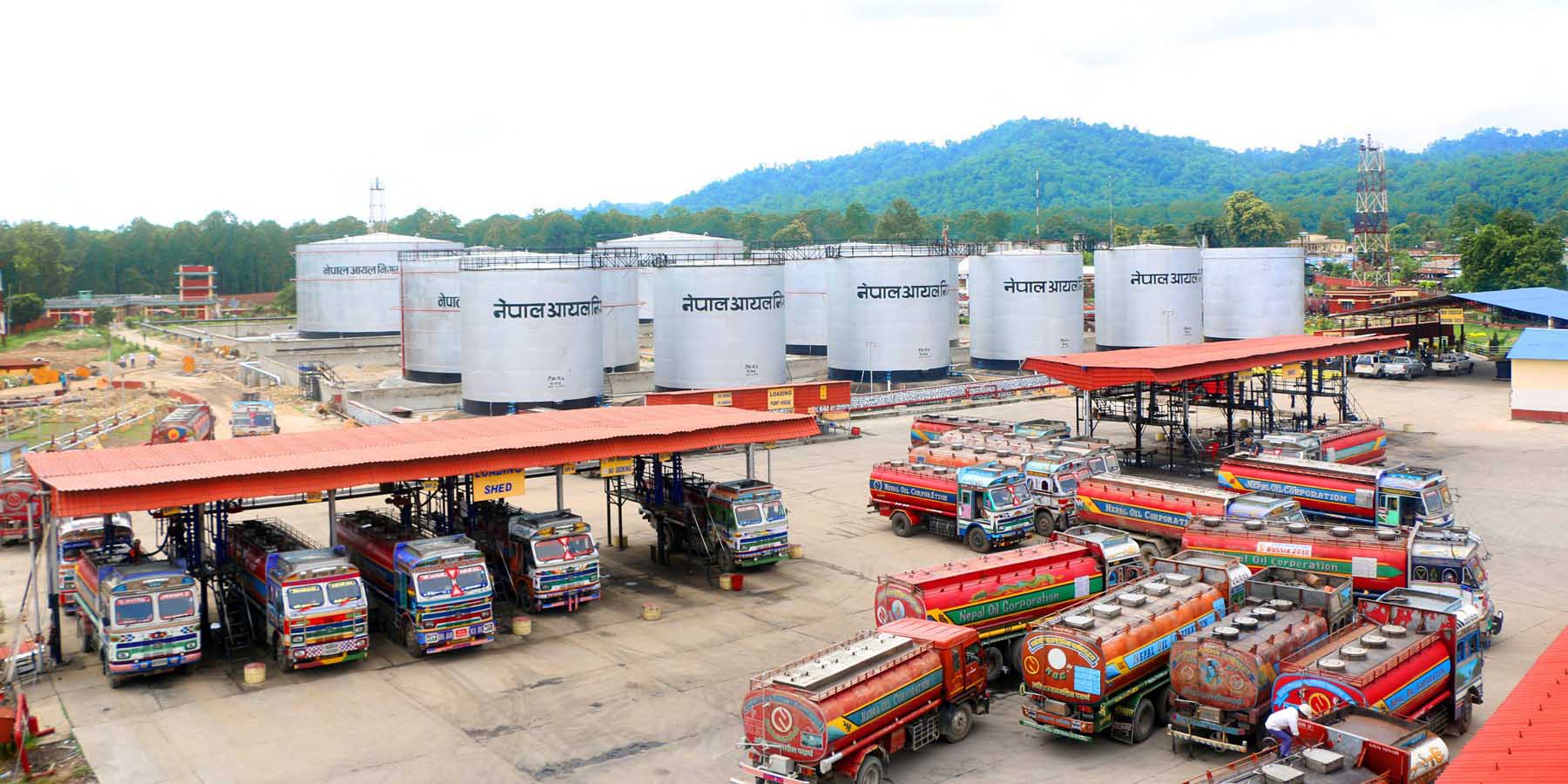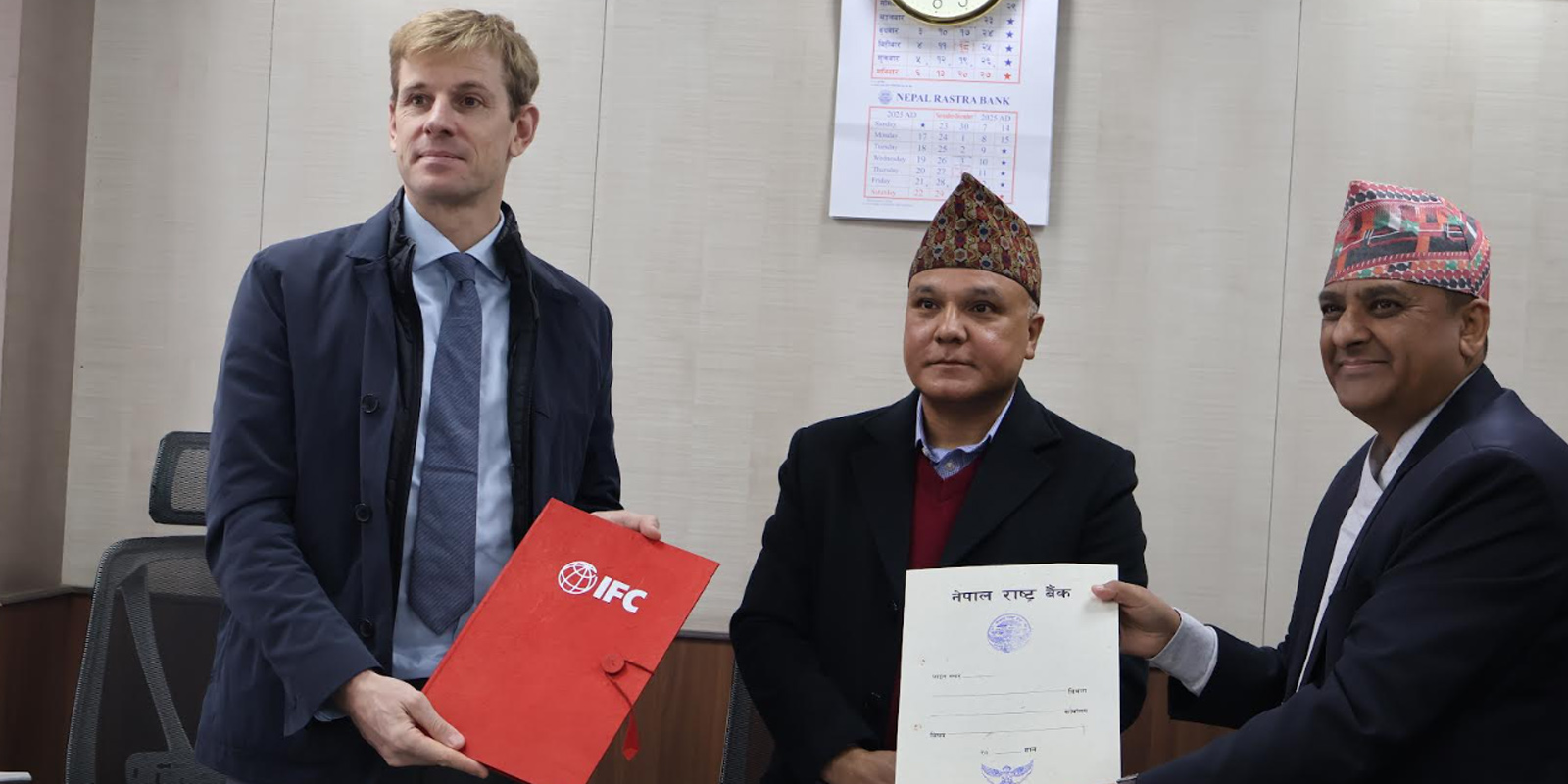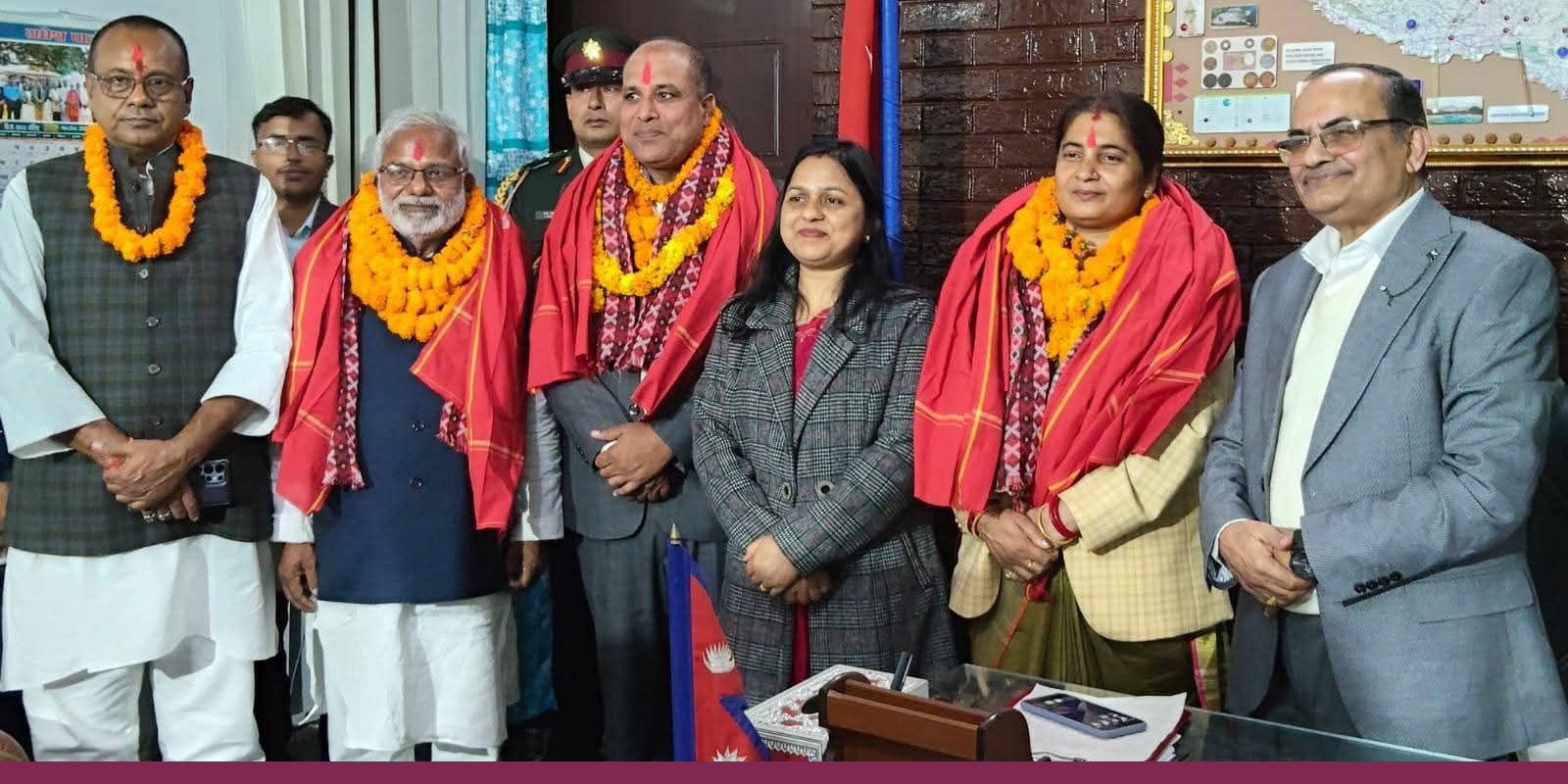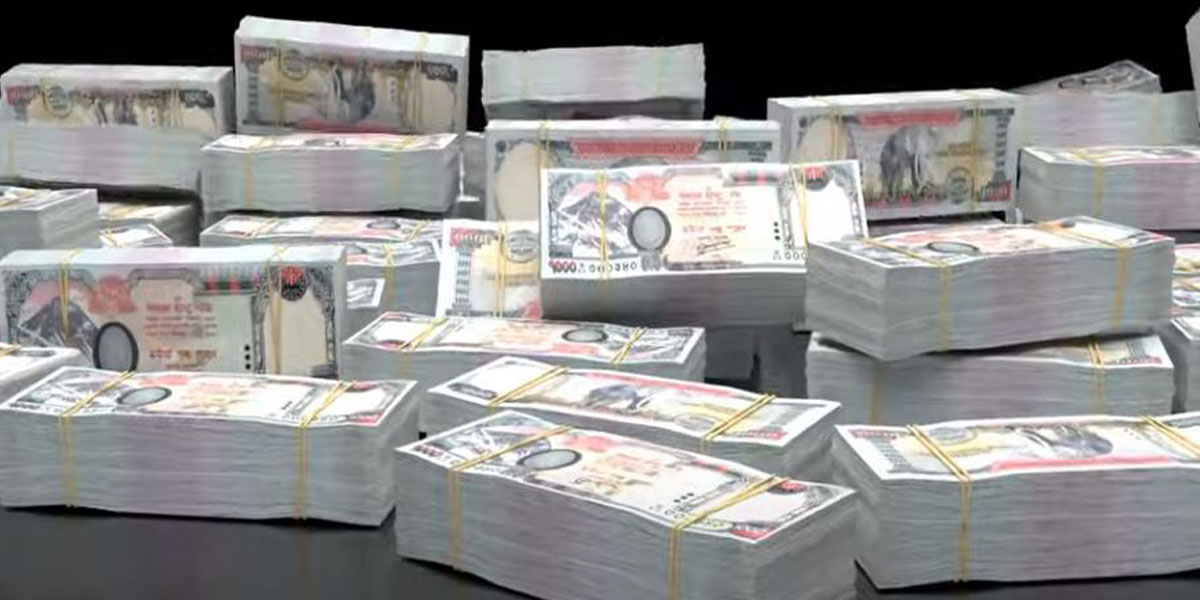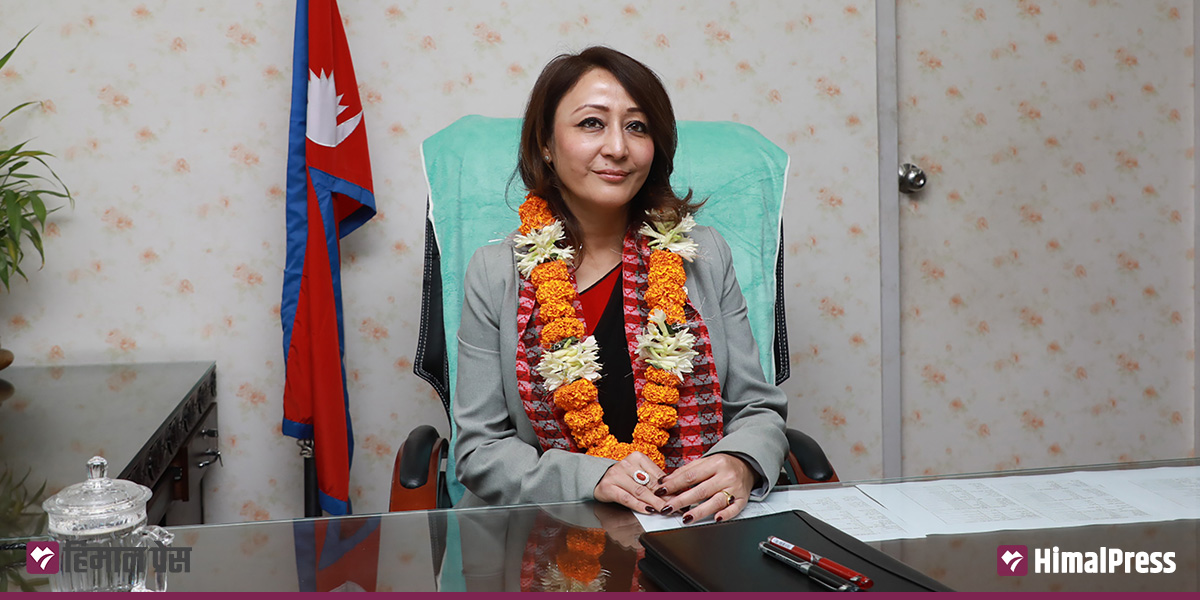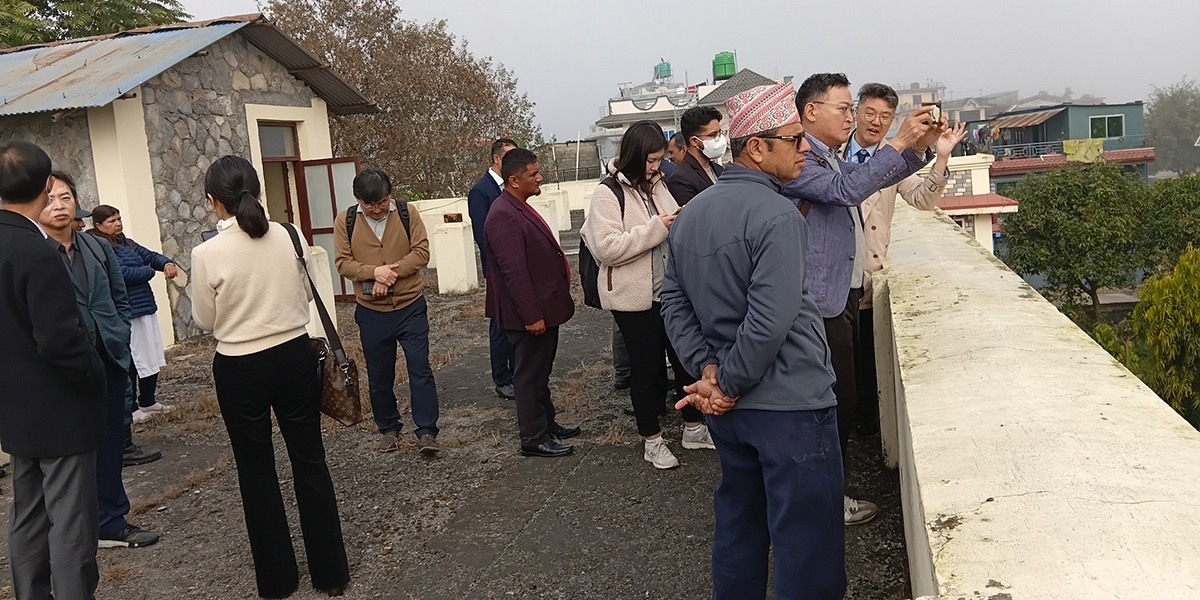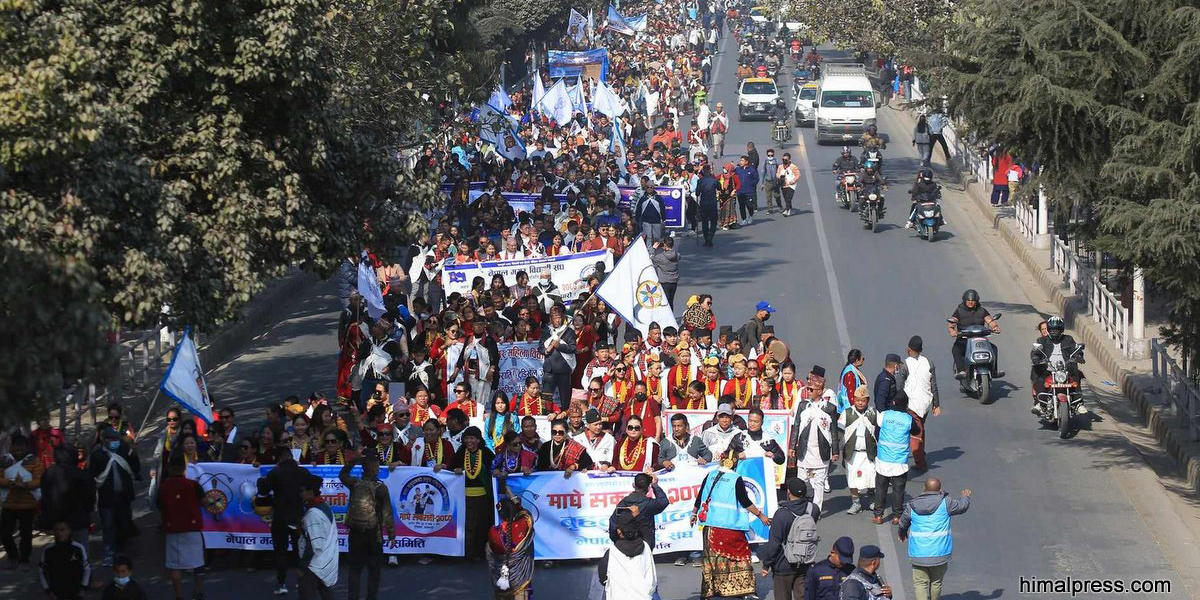
KATHMANDU: The National Statistics Office (NSO) has forecast that Nepal’s population will double in 75 years at the current rate.
Nepal’s population is 29,164,578, while the average population growth is 0.92% as per the 2021 census. Such growth was 1.35% in the 2011 census.
Population density increased to 198 per square kilometer in 2021, up from 38 per square kilometer in 1911. The population has increased five times over the 110-year period.
As per the 1982 census, 38% of the total population lives in the Tarai region. It increased to 54% in 2021. However, the population in the mountainous region fell from 9.9% to 6.1% over the period.
Province-wise, Bagmati and Madhesh provinces are home to 21% of the total population each, while Karnali (5.79%) has the lowest. The population increased by the highest 13.8% in Lumbini Province over the past 10 years, while Gandaki registered the lowest growth (2.65%).
Most of the mountainous and hilly districts have seen negative population growth as per the latest census. In contrast, all the districts in the Tarai region have posted positive population growth. In terms of districts, Kathmandu (7%) hosts the highest population in the country, while Manang (0.01%) hosts the lowest or 5,658.
Population density is also high in Kathmandu (5,169 per square kilometer), while Dolpa has the lowest with 5 (per square kilometer).

 Himal Press
Himal Press 